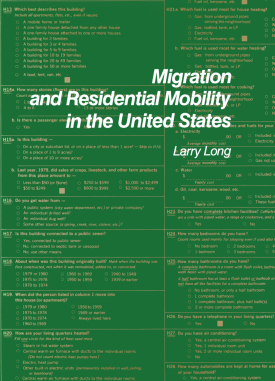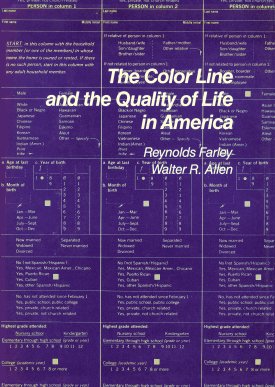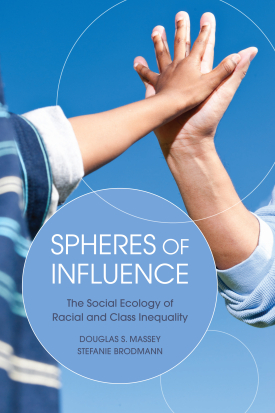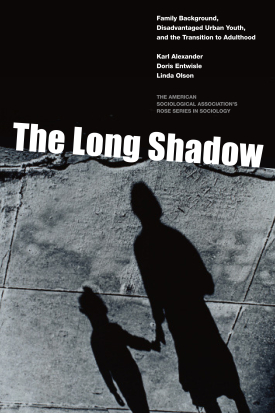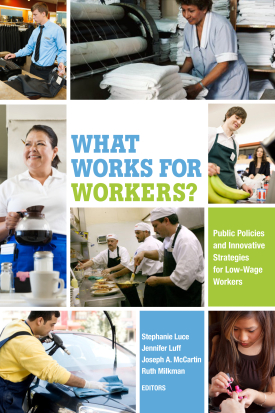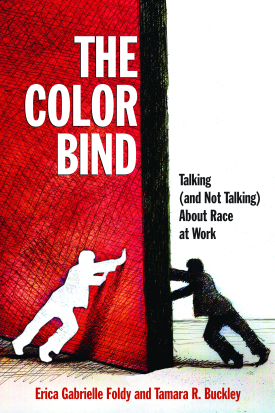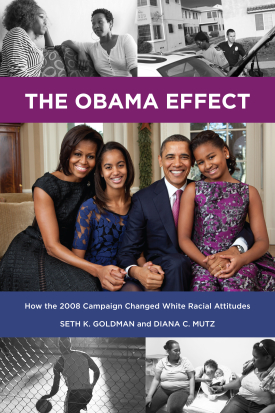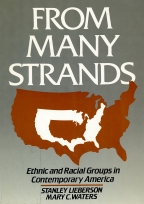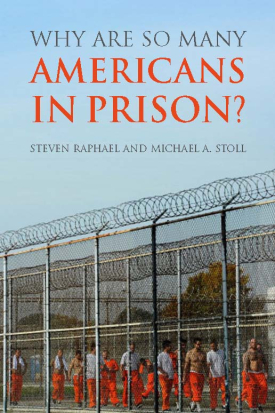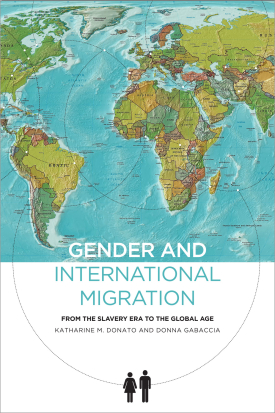
Gender and International Migration
About This Book
Honorable Mention, 2016 Thomas and Znaniecki Award from the International Migration Section of the American Sociological Association
“In this well-researched, ambitious book Katharine Donato and Donna Gabaccia document previously undocumented patterns of women’s migration historically and across nations. Gender and International Migration is a tour de force and indispensable reading for anyone interested in gender and migration.”
—SUSAN ECKSTEIN, professor of sociology and international relations, Boston University
“This important book shows that critical theory, culture history, and quantitative data need not make an impossible marriage. By looking critically at the assumptions underlying statistical categories, without dismissing them, Katharine Donato and Donna Gabaccia have delivered the social sciences and social and migration history a great service. This path-breaking study not only rejects the simplistic notion of the ‘feminization of migration,’ but also forces us to fundamentally rethink the role of men and women in human migrations in the past five hundred years. It offers a fresh and global perspective that hopefully once and for all will do away with the stereotype of migrants as rationale male individuals, with women trailing behind. Instead Gender and International Migration puts mobile human beings back in their (gendered) social worlds. A world in which migration is the rule and individuals, families, and society are highly intertwined.”
—LEO LUCASSEN, director of research, International Institute of Social History, Amsterdam
In 2006, the United Nations reported on the “feminization” of migration, noting that the number of female migrants had doubled over the last five decades. Likewise, global awareness of issues like human trafficking and the exploitation of immigrant domestic workers has increased attention to the gender makeup of migrants. But are women really more likely to migrate today than they were in earlier times? In Gender and International Migration, sociologist and demographer Katharine Donato and historian Donna Gabaccia evaluate the historical evidence to show that women have been a significant part of migration flows for centuries. The first scholarly analysis of gender and migration over the centuries, Gender and International Migration demonstrates that variation in the gender composition of migration reflects not only the movements of women relative to men, but larger shifts in immigration policies and gender relations in the changing global economy.
While most research has focused on women migrants after 1960, Donato and Gabaccia begin their analysis with the fifteenth century, when European colonization and the transatlantic slave trade led to large-scale forced migration, including the transport of prisoners and indentured servants to the Americas and Australia from Africa and Europe. Contrary to the popular conception that most of these migrants were male, the authors show that a significant portion were women. The gender composition of migrants was driven by regional labor markets and local beliefs of the sending countries. For example, while coastal ports of western Africa traded mostly male slaves to Europeans, most slaves exiting east Africa for the Middle East were women due to this region’s demand for female reproductive labor.
Donato and Gabaccia show how the changing immigration policies of receiving countries affect the gender composition of global migration. Nineteenth-century immigration restrictions based on race, such as the Chinese Exclusion Act in the United States, limited male labor migration. But as these policies were replaced by regulated migration based on categories such as employment and marriage, the balance of men and women became more equal—both in large immigrant-receiving nations such as the United States, Canada, and Israel, and in nations with small immigrant populations such as South Africa, the Philippines, and Argentina. The gender composition of today’s migrants reflects a much stronger demand for female labor than in the past. The authors conclude that gender imbalance in migration is most likely to occur when coercive systems of labor recruitment exist, whether in the slave trade of the early modern era or in recent guest-worker programs.
Using methods and insights from history, gender studies, demography, and other social sciences, Gender and International Migration shows that feminization is better characterized as a gradual and ongoing shift toward gender balance in migrant populations worldwide. This groundbreaking demographic and historical analysis provides an important foundation for future migration research.
KATHARINE M. DONATO is professor and chair of sociology at Vanderbilt University.
DONNA GABACCIA is professor of history in the Department of Historical and Cultural Studies at the University of Toronto-Scarborough.

